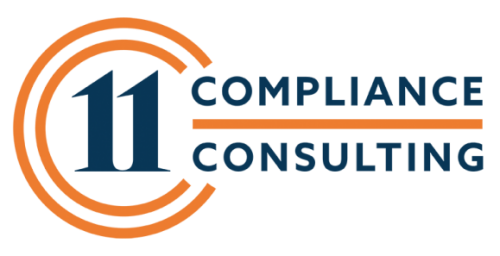The U.S. Food and drug administration’s (FDA; MD, USA) CFR Title 21 and the pharmaceutical drug development process
How does FDA react in case of non-compliance
In an interview with the Science Explorer, Timothy Bolus, Compliance Program Manager at Molecular Devices, expresses the importance of regulatory compliance and how a lapse in standards can have serious consequences.

FDA auditors/inspectors can arrive unannounced. In the course of an audit/inspection, there is ample opportunity to find observations where certain practices in the course of business do not match written requirements. These can escalate into a formal issuance of Form 483 at the completion of the audit or inspection. This allows the company an opportunity to recognize and mitigate the impact of their non-compliance to their own standard operating procedures and quality standards. If after a certain timeframe these observations go unresolved, the FDA can issue Warning Letters, a formal notification to the company in which the agency cites where the company demonstrated violations to the regulations. This can impact a company’s business operations, revenue, and in some instances, product recalls or corporate shutdowns.
GMP and GLP lab compliance solutions from Molecular Devices
To avoid disruptions caused by non-compliance, you need to anticipate potential issues and tend to them beforehand. Our mission at Molecular Devices is to assist our customers in achieving compliance in GLP (good laboratory practices) and GMP (good manufacturing practice) regulated labs. For that purpose, we have developed proven GxP compliance solutions that accompany our products.
Proven GxP solutions to assure data integrity and compliance.
The collection and integrity of data is perhaps the most complex part and therefore requires the most secure data acquisition and analysis software. That’s where SoftMax Pro GxP Software can help you achieve full FDA 21 CFR Part 11 compliance. One of the highlights of the software is its system audit trail that tracks all changes including date and time stamps, username, user ID, section statements, signature information, and read results. This enables you to see the users who logged in, what they did, i.e., if they deleted, or altered data entries for manipulation purposes. SoftMax Pro GxP Software also provides you with a controlled and strict authorization process, which means no one outside the approved staff members can access and utilize the system.
Another integral part of laboratory compliance is to ensure that your system generates reliable data without errors. That’s why Molecular Devices offers the following services: Installation qualification (IQ), operational qualification (OQ), preventive maintenance (PM), and repair coverage. Our IQ/OQ/PM services ensure that readers and washers are installed and calibrated properly, and every step of the qualification is documented. This will also make the tracking of potential issues much more practical.
The validation services performed by Molecular Devices does not end after the initial installation. You can design your own Performance Qualification (PQ) or User Acceptance test (UAT) to measure the performance of your microplate reader via SpectraTest Validation Plates, which assess the accuracy and repeatability of absorbance, fluorescence, and luminescence features of your microplate reader.
